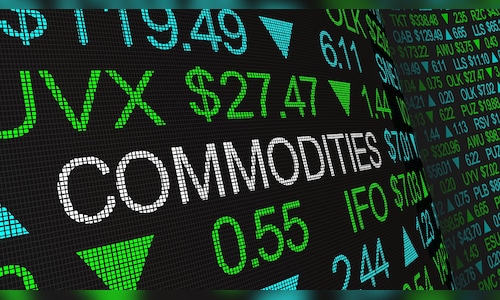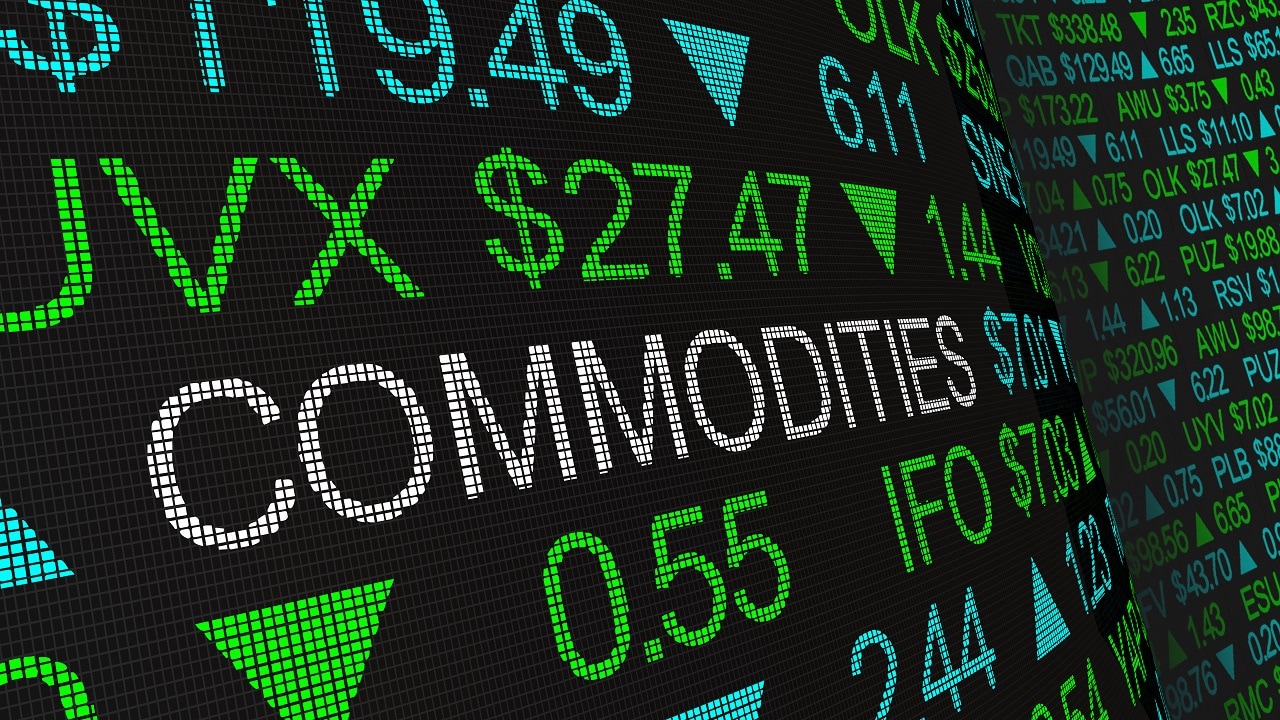

Gold and silver stood out in 2024 as they achieved record highs across multiple currencies. Gold prices hit all-time highs not just in the US dollar but also in currencies such as the Japanese yen, Indian rupee, Chinese yuan, and Australian dollar. Silver, too, had its moment of glory, crossing the psychological threshold of ₹1 lakh per kilogram in the Indian market.
Indian investors in these metals saw particularly strong returns, thanks in part to the depreciation of the rupee, which amplified gains compared to US dollar terms.
The energy sector saw a mixed performance in 2024. US natural gas prices surged by 65%, marking their highest levels since December 2022. This growth was driven by robust global demand, geopolitical tensions, and expectations of increased LNG export permits under the incoming Trump administration.
In contrast, the crude oil market faced headwinds. Brent crude prices declined by 4.5%, while WTI crude dropped by 3%. The primary culprit was weak demand from China, whose sluggish economic performance weighed heavily on global oil markets.
The agricultural sector witnessed a significant bull run, with coffee and cocoa prices achieving record highs. Arabica coffee prices surged to $3.5 per pound, a 70% increase that brought them to levels last seen in 1977. Robusta coffee outperformed even this, soaring by 90% over the year, while cocoa prices topped the charts with 160% gain.
Base metals had a turbulent year, starting 2024 as one of the weakest-performing asset classes. However, by mid-May, they emerged as a strong investment category, buoyed by increasing demand for metals used in artificial intelligence and green energy transitions.
Despite these gains, the momentum was short-lived. By July, declining global manufacturing activity and disappointing economic data from China dragged down prices. Nevertheless, the sector closed the year in positive territory, with zinc leading the pack with a 15% gain. Copper and aluminium also posted modest gains of 5% to 7%, reflecting a cautious optimism about their long-term demand prospects.
The coming year promises to be equally eventful as the world navigates a new political and economic landscape. The inauguration of US President-elect Donald Trump on January 20, 2025, is expected to bring clarity on trade policies, tariffs, and international agreements. These developments will likely shape the trajectory of commodities markets in the months ahead.
China’s anticipated stimulus measures are another critical factor to watch. If successful, these policies could provide much-needed support to global manufacturing and commodities demand. Additionally, central bank actions, currency movements, climate change policies, and ongoing geopolitical tensions will all play pivotal roles in determining the market’s direction in 2025.



